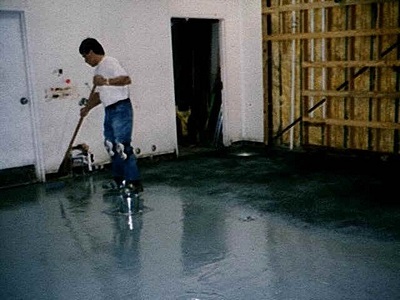
EPOXY NON SLIP - ANTI SLIP - GRIT
GOOGLE SITE SEARCH - Click here

Your Host and Tour Guide:
Paul Oman, MS, MBA - Progressive Epoxy Polymers, Inc. (floor epoxies, marine epoxies, underwater epoxies, repair epoxies)
Member: NACE (National Assoc. of Corrosion Engineers), SSPC (Soc. of Protective Coatings)
WoodenBoat Marketplace sponsor
"Professionals helping Professionals"
PROGRESSIVE EPOXY POLYMERS, INC.
|
PAGE AND SITE NAVIGATION |
|||||||||||||||||||||||||||||||||
|
and Epoxy Floor Links Page ====> This 'Linked To' Epoxy Sub-Page
No Sales Tax applied. Save Money, you're shopping in Tax Free New Hampshire
MEMBER: Internet Epoxy Confederation (IEC - CLICK HERE TO VISIT) -- "Where Professionalism Still Matters"
We've been selling epoxy - marine epoxy (boat building - wood / fiberglass repair) industrial coatings - garage paint - underwater epoxies - thick putties - tabletop resins and supplies since the early 1990's |
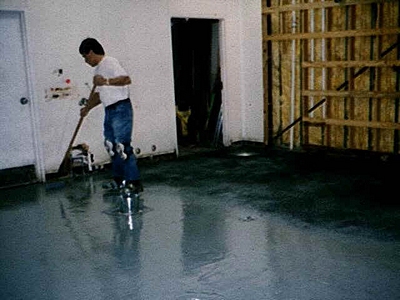
I get lots of calls and emails for non slip floors or decks for home, business, and boat. Here are the many options:
Methods
There are three primary ways to introduce grit (non-slip) into coatings. One is to mix the grit directly into the
coating (‘mix-in' method).
The second is apply the coating and then immediately sprinkle the grit on top. It is either done as a light random
sprinkling which is then rolled or brushed into the wet coating.
The third and most attractive and professional looking is a ‘broadcast' where the entire painted surface is buried
100% with the grit as soon as the just applied coating has level itself out. Know as ‘broadcast to excess' or ‘broadcast
to refusal' the layer of grit is allowed to ‘sit' until the coating gets hard. Usually a sealing topcoat is then
applied to lock in the grit grains (thus a 2 coat system).
A slight alternative to the sprinkle/broadcast method is to use sugar or salt as the sprinkled on grit. After the
coating as hardened the sugar or salt is dissolved away. It leaves a nice looking surface, but instead of grain
high points the pattern is negative (i.e. consists of ‘holes'). The grain holes can fill with dirt. Also, the soft
coating my wear down quickly.
1) add something to your paint or epoxy prior
to rolling or brushing it onto the surface.
The mix-in method works best with coatings that contain a lot
of solvents or water (including water-based floor epoxies), but can be used with solvent free coatings as well.
It does not work so well when the grit is sand. The heavy sand tends to settle too quickly in the roller pan, thus
most mix-in grits are made from lighter materials that will stay suspended in the coating for at least a few minutes.
With this method matching the size of the grit to the thickness of
the coating is vital. With thin paints, polyurethanes. etc. lots of fine additives like our walnut grit, products
sold at paint stores, etc. will work fine. The grits used in these solvent rich coatings are very very fine grained
(larger grain sizes tend to ‘ball up').
However, with epoxies (which are usually thick to start with and don't 'thin' as they dry, most grits as they will get 'lost' in the coating. Thinner and/or solvent based coatings, as mentioned above, can use finer grit without the grit getting lost. Our larger rubber grit works with the thick epoxies.
Bottom line, match the grit to the paint. For boats etc. use a grit that you or future owners can sand off during some future overhaul. That means don't use sand. Also think carefully about using sand with this method as it is so heavy it will sink to the bottom of the paint bucket (solution - mix well before every brush/roller load).
The ‘feel' of these anti slip surfaces is like that of a fine sandpaper - definitely rough but still fine grained
(like what you might expect on a shower floor). Generally the distribution of the grit is not too random. A person
can usually see the original brush strokes due to the trail of grit grains left behind.
Commercial anti-slip coatings with the grit already mixed in tend to use a lot more grit in them than most homeowners
would consider. In fact, these commercial products often require a squeegee or putty knife to apply, they are that
thick with grit. This helps give a uniform appearance to the anti-slip coating.
Homeowners often begin by adding about 1 pint (16 oz) of grit
per gallon of coating. You might increase this amount to 1 quart (32 oz) or even more...
We really appreciate you visiting PROGRESSIVE EPOXY POLYMERS, INC. and our web site: EPOXYPRODUCTS.COM. Take advantage of the CONTACT links on this page to ask questions about our products and/or your projects. You can stay in touch with us via our NEWSLETTER (link on our contact page) which is emailed every 6-8 weeks.
|
Epoxy Only Web Google Search |
|
 |
#1) Google Everything Epoxy Searches #2) Google Marine Epoxies Searches
#3)Google
Floor Epoxy Searches |
|
View our Progressive Epoxy Products, Inc. |
This current page is all about:
|
|
WOW! 35% - 40% of all daily online or telephone orders are from existing customers. That's an amazing 'REPEAT CUSTOMER" number. |
|
603 - 435 - 7199 ANYTIME 24/7 FOR HELP OR ORDERS |
|
|
|
|
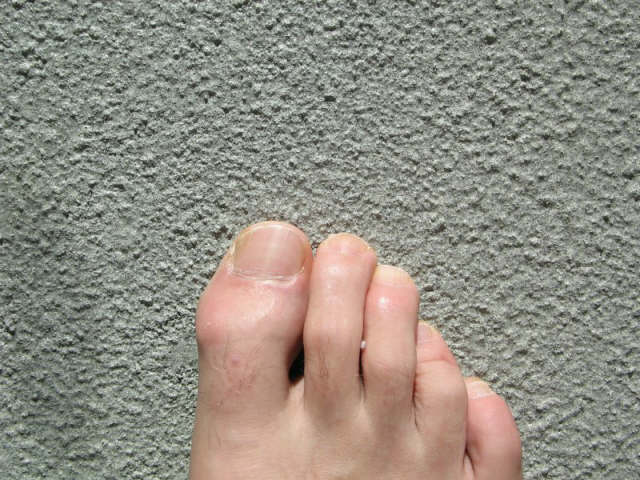
Epoxy and Mix-In Notes
Most epoxy resins and coatings are solvent free so they are thicker than regular solvent or water based coatings.
The normal fine grained grits used with the other kinds of coatings simply disappear into these epoxies, never
to be seen again.
With epoxies a larger grain size grit is required. Even in epoxies sand grit will settle to the bottom too quickly,
so for mix-in with epoxy lighter ground walnut shell (or ground rubber) is a common additive. Begin with 1 pint
to 2 pints (= 1 quart) of walnut grit per gallon of epoxy. Note that with epoxy coatings the sprinkle method, using
sand (sometimes walnut or aluminum oxide) is very common.
SEE OUR GRIT SIZE COMPARISON TABLE (WALNUT SHELL,
GROUND RUBBER, ETC.) CLICK
HERE
2 AND 3) sprinkle or completely cover ("broadcast system) the grit upon the top of the just applied paint or epoxy
(CLICK HERE
FOR MORE INFO- or HERE for more boating related
site).
Sprinkle Method Notes
Sand or other grit is sprinkled into the coating, the grit is immediately rolled or brushed over (back-rolled)
so that the grains are ‘pushed around' and coated on all sides.
Broadcast Method Notes
For complete broadcast coverage, you will apply about 0.75 to 1.0 pounds of sand per square foot. Do not back-roll
over the coating. Let dry then sweep off any loose grit (you will get about ½ of the grit back). Some of
the recovered grit will be clumped, but if you run it through a sieve/screen you can reuse the sand on the next
section of floor to be coated.
Aluminum oxide (available at sand blasting supply stores) is often used instead of sand as an anti-slip grit with
epoxy paints. Aluminum oxide will not wear down to rounded ‘nubs' the way regular sand will. It weights a bit more
than sand.
After you broadcast your grit, let the coating dry, and sweep
away the excess grit, you're left with a very uniform, attractive surface that is usually topcoated with either
the same coating material or a clear coat. This locks in the grit grains so they aren't quickly scuffed off. Be
sure to put this topcoat on as a thin coat, least you fill in the texture and lose the anti-slip properties.
SEE OUR GRIT SIZE COMPARISON TABLE (WALNUT SHELL, GROUND RUBBER, ETC.) CLICK HERE
Appearances
For the same size grit, you will get more roughness from the broadcast method than from either the sprinkle or
mix-in method. I am always surprised at the resulting degree of texture with the broadcast method. I always think
the grit is too fine to give a good texture, but I'm always proven wrong.
For thin coatings - mix-in method or sprinkle method - use our fine walnut shell - result will be like fine sandpaper
but with about 90% of the grains missing. Thicker grits just form ugly lumps.
For thicker coatings (like epoxy paints) - mix-method or sprinkle method - use our med/coarse walnut grit. Appearance
will be ‘bumpy'. Our rubber grit will give an even bumpier texture than our med/coarse ground walnut.
For thin coatings - broadcast method - fine walnut will give sandpaper type texture. Our medium/coarse walnut will
give bumpy texture. Coarse rubber or extra coarse walnut will give a really rough and uneven surface, too uneven
for most ‘normal' applications.
For thicker coatings - broadcast method. No sandpaper finishes here. Medium/coarse walnut will give bumpy texture.
Coarse rubber or extra coarse walnut will give a really rough and uneven surface, too uneven for most ‘normal'
applications.
— for garage floors etc. the ‘bumpy' look is about right. For fancy boat decks either the ‘sandpaper' or ‘bumpy'
look. Custom boats seem to like the sandpaper look but one coat of maintenance paint a year or two down the line,
and the anti-slip texture would be gone. Also it wouldn't take much dirt or grease to ‘over power' the sandpaper
texture.
MORE OPTIONS: colored chips sprinkled into the coating.
The colored chip system used colored paint chips sprinkled into wet paint or epoxy (CLICK HERE). Usually then topcoated with a clear coat sealer (note clear epoxies will yellow unless protected with a clear coat with UV blockers). The chips 'sort of provide' a bit of texture for anti slip. If this isn't good enough the 'sugar sand' in #1 can be added to the clear topcoat.
Other Useful Information
The texture you will get with the coarser sands/grits in the
epoxy paints is rougher than sandpaper. It has definite and obvious peaks and valleys.
If you sprinkle fine white sand upon a clear coating, (including a THIN coat of clear solvent free epoxies - but
they will yellow in direct sunlight) the whiteness of the grit will disappear and the result will be an invisible
(no grit showing) surface. Don't back-roll! This will also change the coating from a gloss finish to a matt finish.
The downside is you will probably be unable to get a uniform finish across, say a garage floor. With this method
you obviously do not topcoat the finish or the fine grains will be buried.
Progressive Epoxy Polymers, products offered
Our Aluthane™, aluminum filled moisture cured urethane, or our
Waterbond™ water-based floor epoxy make an excellent, thin coating for mix-in applications or as the thin top coating
for broadcast applications (exterior latex paint also works as a good topcoat).
Currently we offer 3 grades of ground walnut shell: 1) fine; 2) medium/coarse; 3) extra coarse.
We offer only one off white ground rubber which is similar in size to our extra coarse walnut. We are hoping to
soon add a fine and a medium/coarse ground white rubber which would be similar in size and end texture to the ground
walnut sizes.
Products with the grit already mixed in
Rough Coat: A two-part epoxy anti-skip coating. A fine, bare foot suitable texture. Color is Tan. Texture is suitable for bare feet (you can paint over it to any color you want). CLICK HERE
| NEW Epoxy Floor/ Deck non slip coating. Check out the 8 oz test kit of Rough Coat (tm) - a tan colored solvent based epoxy floor coating with non slip grit already mixed in. Standard unit size is one gallon which covers about 160 sf. Texture is suitable for bare feet. Use on boat decks, garage floors, shower areas etc. CLICK HERE to see catalog page . |
1) You can have 'grit' sprinkled or mixed into a coating
2) You have 100% grit coverage (broadcast system) (see our floor coating page CLICK HERE)
3) We offer ground walnut shell in 3 sizes for the above as well as rubber girt and a fine 'clear' grit for thin clear coatings
4) You can also get some texture using "paint chips" with a thin clear non epoxy topcoat
5) We have the two products mentioned above with grit already in them
6) You also can put your grit into an epoxy, an epoxy with a poly topcoat, an enamel or a latex
--- NEVER NEVER -- use sand as anti slip on a boat!
So........... given all the different epoxies, paints,
grits, and application methods, we offer at least 100 options for your anti slip surface. You'll need to make some
decisions and perhaps some tests in order to decide what is right for you.
SEE OUR GRIT SIZE COMPARISON TABLE (WALNUT SHELL, GROUND RUBBER, ETC.) CLICK HERE
|
FIND THIS/THESE PRODUCT(S) IN ONLINE CATALOG PAGE AND ONLINE STORE FRONT |
Epoxy Only Web Google Search
#1) Google
Everything Epoxy Searches
#2) Google
Marine Epoxies Searches
#3)Google
Floor Epoxy Searches View
our Progressive Epoxy Products, Inc.

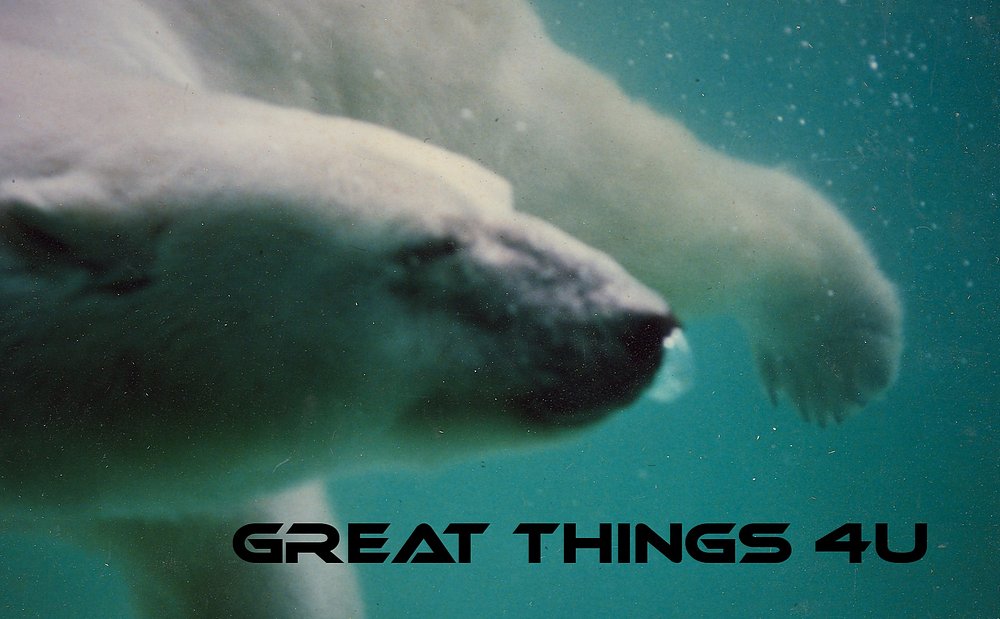 |
 |
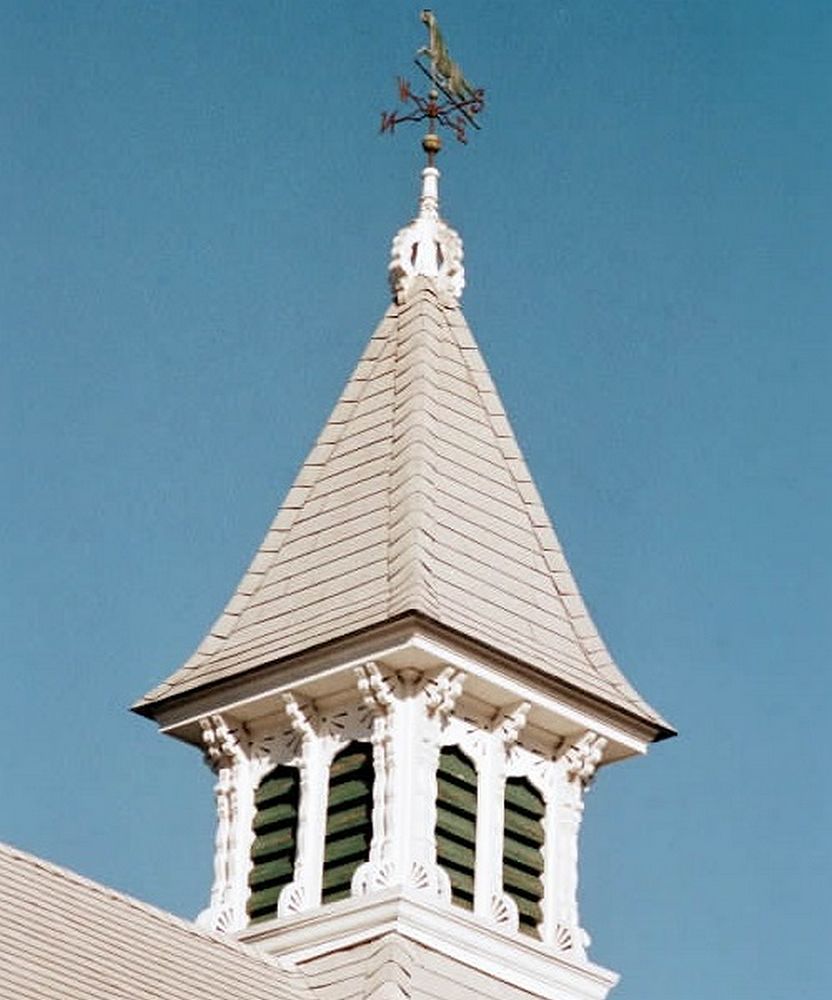 |
||
|
site master |
protagonist |
ground zero |
XXXX